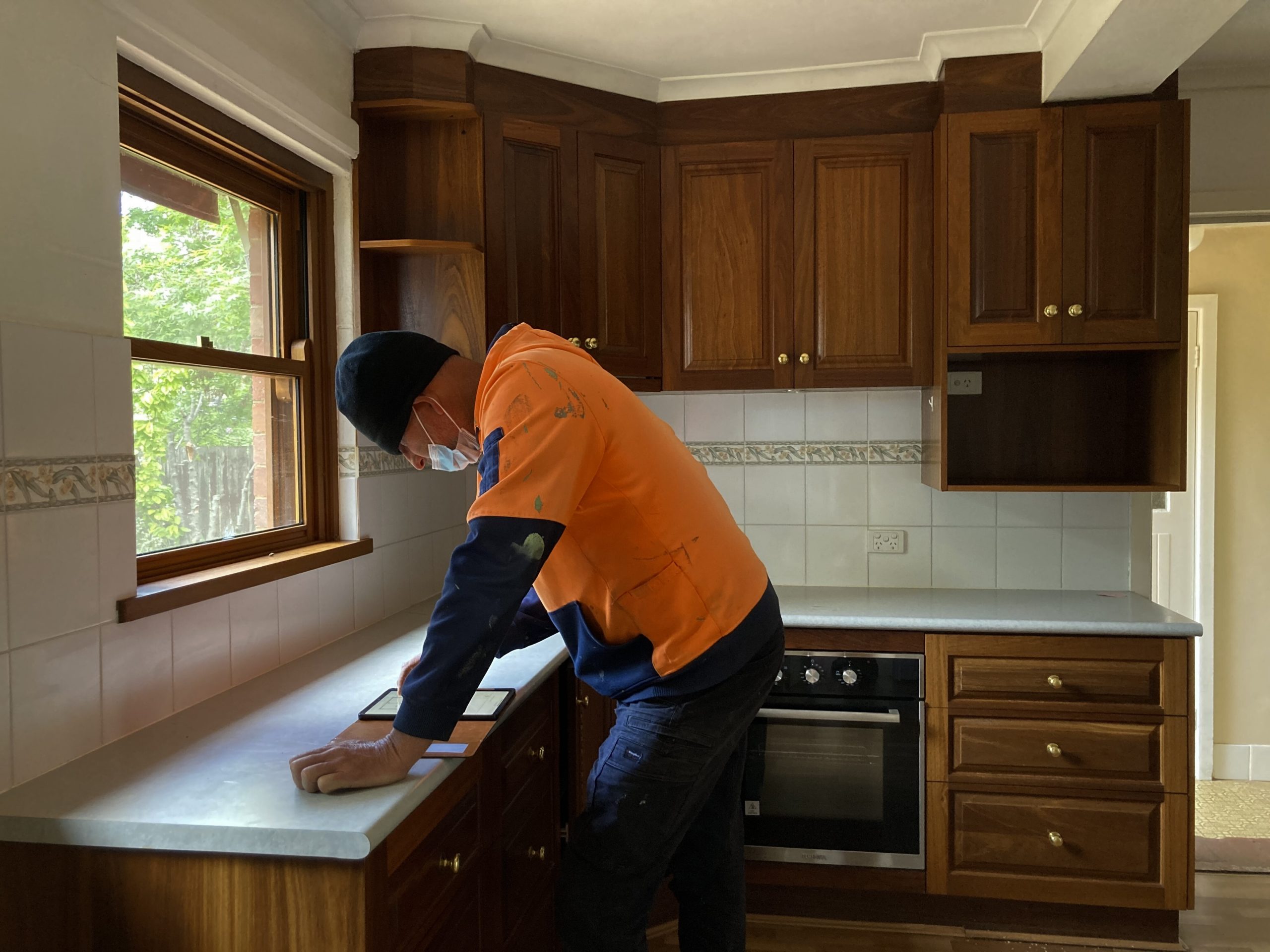Prefabricated homes, also known as modular houses, have gained popularity in recent years. These factory-built homes are constructed in sections or modules off-site and then transported to the desired location for assembly. In this article, we will explore the advantages and disadvantages of choosing a prefabricated home and we will discuss the potential impact on the construction industry.
One major advantage of prefabricated homes is the speed and efficiency. Since these houses are built in a controlled environment, there is less room for weather delays or other external factors that can hinder traditional on-site construction. This results in faster construction times and reduced labor costs. Another benefit of prefabricated homes is their cost-effectiveness. The controlled manufacturing process allows for better cost management and bulk purchasing of materials, leading to potential savings for homeowners. Additionally, the streamlined construction process reduces waste and ensures higher quality control.
In comparison to prefabricated homes, a significant advantage in traditional methods is the unlimited customization potential, especially for those seeking unique architectural designs or those with specific layout or accessibility requirements. Traditional construction methods provide a level of flexibility and personalization that prefabricated homes cannot provide, due to designs being predetermined and are selected through compatibility/appeal to the owners.
Custom-built homes allow homeowners to have complete control over every aspect of their property’s design, ensuring it meets their specific needs and preferences. Furthermore, traditional construction techniques offer greater durability and structural integrity compared to prefabricated homes. The ability to use high-quality materials and implement intricate architectural details can result in a more solid and aesthetically pleasing finished product.
In terms of impact on the construction industry, prefabrication poses less of a threat to the traditional construction industry, rather it offers potential for both industries to grow in their own ways. By shifting some or all aspects of construction off-site into controlled environments with advanced machinery, productivity can be increased while minimizing environmental impact and reducing the cost of manual labor on-site. There are some new factors to consider when using this modernized method, for example transportation costs need to be factored into the overall budget, these modular sections need to be shipped from the factory site to the homeowners property for the final assembly.
In conclusion, choosing between these approaches comes down to individual preferences, budget constraints, location factors, and desired level of customisation and flexibility throughout the process. Both prefabricated and traditional construction methods have their place in the industry and housing market and it’s important to carefully weigh the pros and cons before making a decision on whether a prefabricated, traditional or a combination is the right choice.

